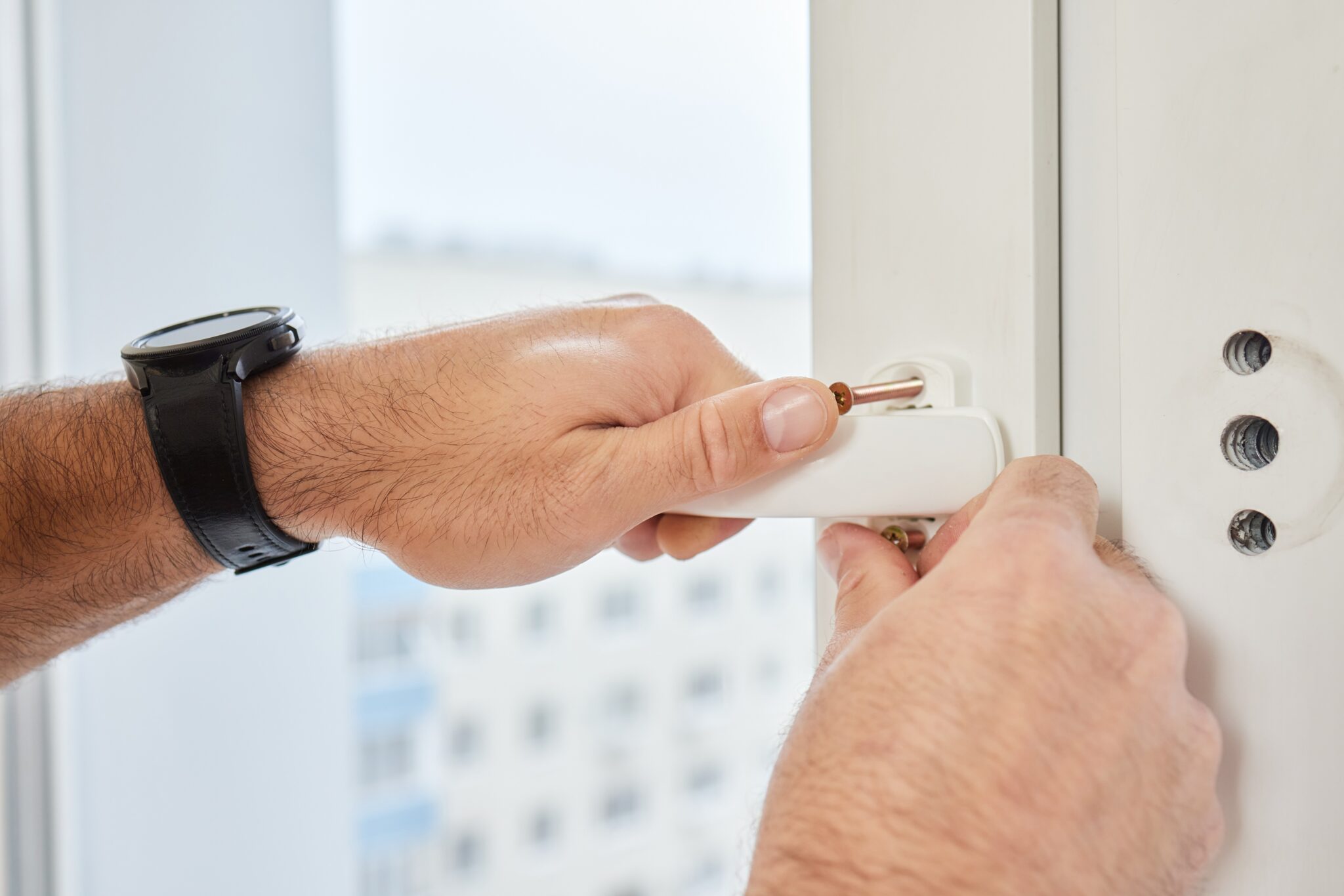UPVC Window Lock Repairs: Ensuring Security and Functionality
UPVC (Unplasticized Polyvinyl Chloride) windows are popular for their durability, energy efficiency, and low maintenance. However, like all mechanical components, UPVC windows and their locking mechanisms can wear out over time. A malfunctioning lock is not only inconvenient but also compromises the safety of your home or property. Whether you’re dealing with a stiff lock, a broken mechanism, or a complete failure of the locking system, understanding how to address UPVC window lock repairs can help restore security and functionality.
Why UPVC Window Locks May Need Repair
UPVC windows are designed to last for many years, but over time, exposure to weather, daily use, and aging can cause the locking mechanisms to deteriorate. Here are some common reasons UPVC window locks repair:
- Wear and Tear: Regular use of UPVC windows can lead to the gradual wearing of the lock’s internal parts. This can result in difficulty locking or unlocking the window, or the lock may fail to engage altogether.
- Corrosion: While UPVC is resistant to the elements, the metal parts inside the locking mechanism can rust or corrode due to exposure to moisture, especially in coastal areas with salty air or humid conditions.
- Misalignment: If a UPVC window is not properly aligned within its frame, the lock may not engage properly. This misalignment can occur due to shifting in the window structure or improper installation.
- Broken Components: Some parts of the locking system, such as handles, latches, or cams, can break or become damaged, rendering the lock ineffective.
Signs That Your UPVC Window Locks Need Repair
Recognizing the signs of a faulty lock early can prevent further damage and restore your window’s functionality. Here are a few indicators that your UPVC window lock may need attention:
- Difficulty Locking or Unlocking: If it takes excessive force to lock or unlock the window, the internal mechanisms may be jammed or worn out.
- Loose Handle or Locking Mechanism: If the handle feels loose or the locking mechanism doesn’t feel solid when engaged, it may indicate a problem with the internal components.
- Visible Damage: Cracks, chips, or bent parts in the locking mechanism are clear signs that a repair is needed.
- The Window Won’t Stay Locked: If the window won’t stay in the locked position, there may be a problem with the latch, lock bar, or other components.
Repairing UPVC Window Locks: Step-by-Step Guide
Repairing UPVC window locks can often be a straightforward task, especially if you have the right tools and a bit of know-how. However, in more severe cases, professional assistance may be required. Here’s a general guide to repairing a UPVC window lock:
1. Assess the Problem
Before attempting any repairs, take the time to examine the window lock carefully. Is the lock jammed, or is it the internal mechanism that is broken? Identify any visible damage or misalignment. Sometimes, a simple lubrication or adjustment may be enough to fix the problem.
2. Lubricate the Lock
If the lock is difficult to operate, it might just need lubrication. Use a silicone-based lubricant to spray into the keyhole, latch, and any moving parts. This can often resolve sticking or stiff locks. Avoid using oil-based lubricants, as they can attract dust and grime, which could make the problem worse over time.
3. Tighten the Locking Mechanism
If the handle or locking mechanism feels loose, check to see if any screws are loose or missing. Tightening the screws can often restore the lock’s functionality. If any screws are stripped or broken, they may need to be replaced.
4. Align the Window
If the window seems misaligned and the lock won’t engage properly, this may be due to the window frame shifting. To fix this issue, gently loosen the screws on the hinges and adjust the window’s position. Once the window is aligned, retighten the screws and check the lock.
5. Replace Broken Parts
If you’ve identified broken or damaged components (such as a snapped handle or cracked latch), you will need to replace these parts. Most UPVC window locks are made of modular components, so you can typically replace individual parts rather than the entire lock. Visit a hardware store or contact the manufacturer for replacement parts.
6. Check the Locking Mechanism
Sometimes, the issue may lie within the locking mechanism itself. UPVC window locks often feature multi-point locking systems that engage at several points along the window frame. If one of these points has failed, the window may not lock properly. Inspect each locking point and ensure that all parts are functioning as they should.
7. Test the Lock
Once you’ve completed any necessary repairs, test the lock to ensure that it’s working smoothly. Lock and unlock the window several times to ensure that the mechanism engages fully and that there is no resistance or difficulty.
When to Call a Professional for UPVC Window Lock Repairs
While some minor issues with UPVC window locks can be handled with DIY repairs, there are situations where professional help is necessary. Here are some instances when you should call a locksmith or window repair specialist:
- Severe Damage: If the locking mechanism is severely damaged or the window is out of alignment to the point that it cannot be repaired without professional tools, it’s time to call in an expert.
- Replacing the Entire Lock: If the entire locking system needs to be replaced, it’s often best to have a professional handle the job to ensure proper installation and functionality.
- Lack of Expertise: If you’re not confident in your ability to repair the lock or window yourself, it’s better to seek professional help to avoid causing further damage.
Preventative Maintenance for UPVC Window Lock Repairs
Regular maintenance can extend the life of your UPVC window locks and reduce the need for repairs. Here are some tips for maintaining your upvc window and door repairs:
- Regular Cleaning: Clean the window frame and lock mechanism regularly to remove dirt and debris. Use a soft cloth and mild detergent to avoid scratching the surface.
- Lubrication: Apply a silicone lubricant to the locks and hinges annually to keep them working smoothly.
- Check Alignment: Ensure that the window is properly aligned within the frame, as misalignment can strain the locking mechanism over time.
- Inspect for Wear and Tear: Periodically check the locks for signs of wear or damage, and replace any parts that appear to be failing.
Conclusion
UPVC window locks are crucial for maintaining the security and functionality of your windows. Repairing them promptly can prevent larger issues and ensure that your windows remain safe and easy to use. Whether it’s a simple lubrication job or a full replacement of broken components, regular maintenance and timely repairs can help prolong the life of your UPVC windows and locks. If in doubt, don’t hesitate to consult a professional for advice or repairs to ensure your windows continue to perform at their best.













